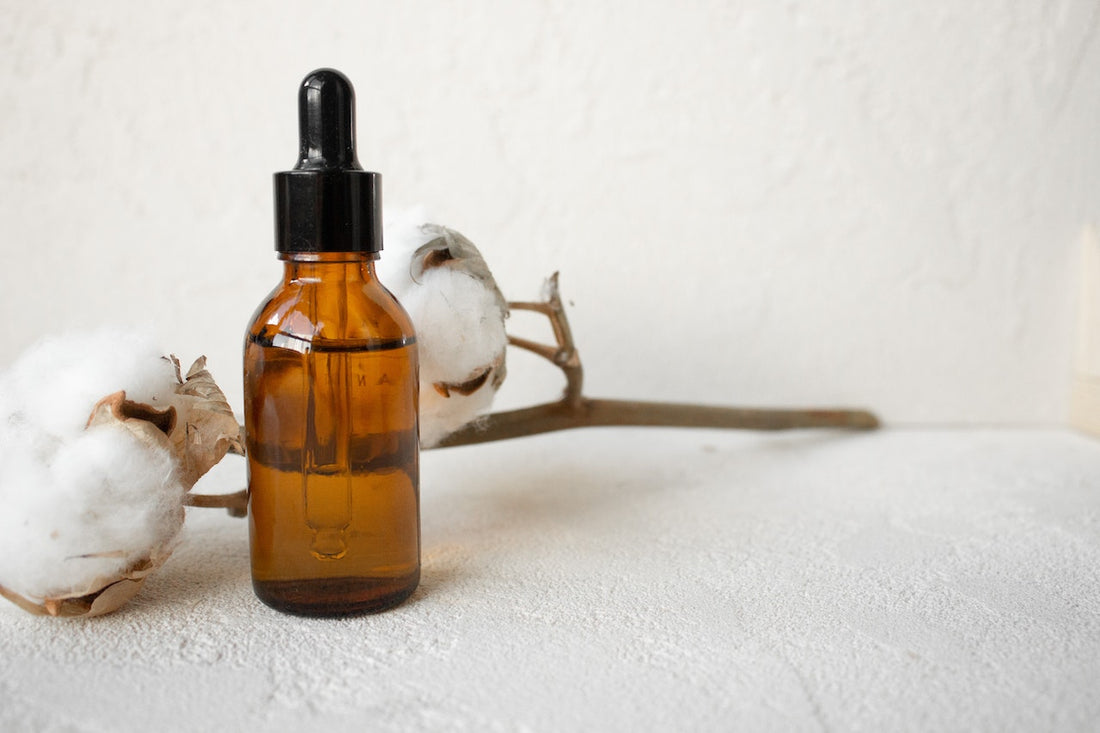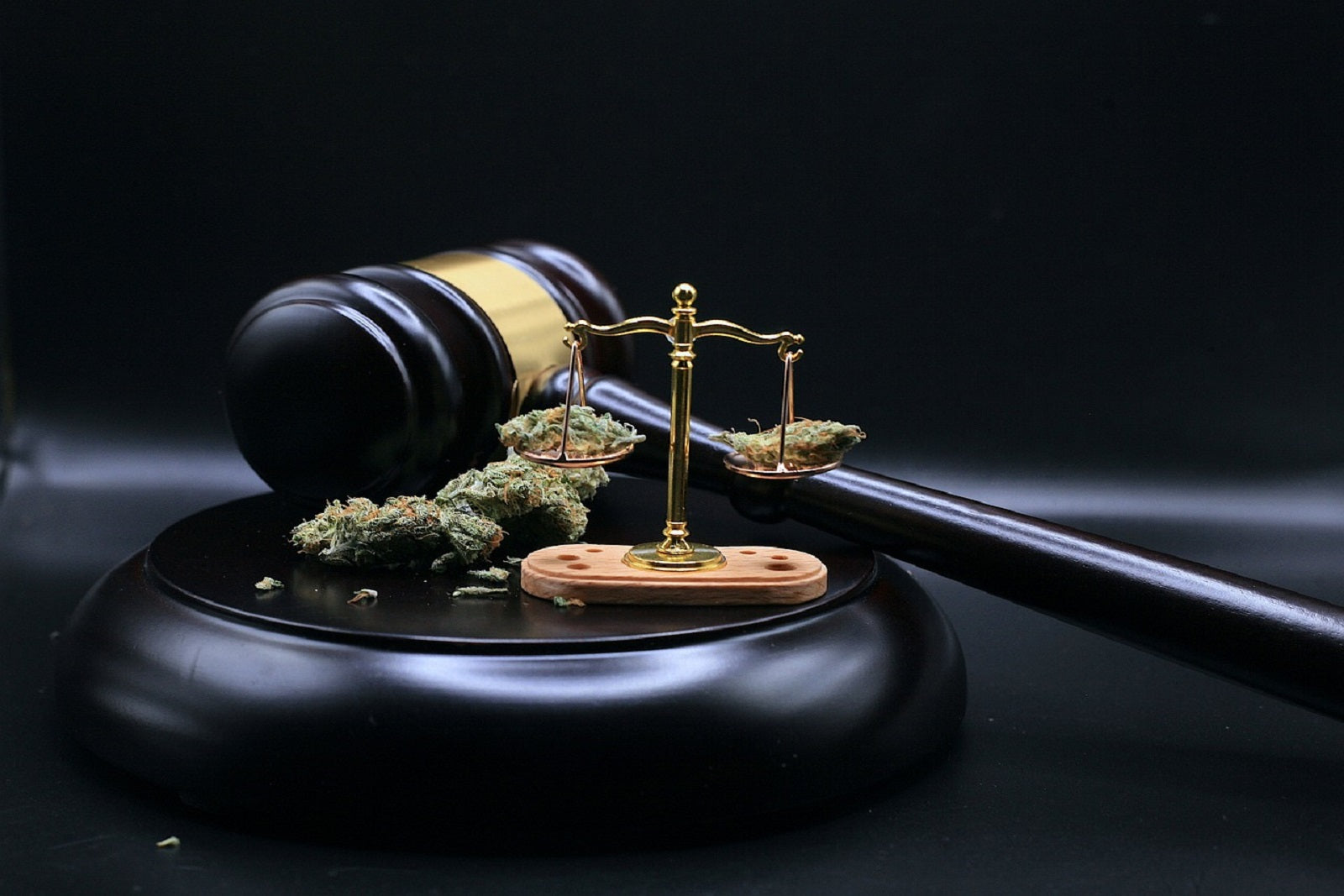Introduction
Cannabidiol, or CBD, has become a go-to natural remedy for many seeking relief from issues like anxiety, chronic pain, and inflammation. With its rise in popularity, the market now offers a variety of CBD products, each with unique formulations. A key decision for consumers is selecting the right CBD spectrum: full spectrum, broad spectrum, or CBD isolate. Each type offers distinct benefits, and choosing the right one depends on your health goals and personal preferences. This guide explores the differences between these spectrums, their potential benefits, and factors to consider, helping you make an informed choice for products like full spectrum CBD tinctures or CBD oil for pain relief.
Understanding CBD Spectrum Types
What is Full Spectrum CBD?
Full spectrum CBD is derived from the whole hemp plant, retaining all naturally occurring compounds, including cannabinoids (like CBD, CBG, CBN, and CBC), terpenes, flavonoids, and trace amounts of THC (less than 0.3%). This combination is believed to create the "entourage effect," where these compounds work together to enhance CBD’s potential benefits, such as relief from joint pain and inflammation. Full spectrum CBD is ideal for those seeking a comprehensive experience but may not suit individuals sensitive to THC or subject to drug testing.
What is Broad Spectrum CBD?
Broad spectrum CBD contains multiple cannabinoids and terpenes but has all THC removed. This makes it a great option for those who want the potential synergistic benefits of multiple compounds without THC’s psychoactive effects. Broad spectrum CBD oil is versatile, found in products like oils, gummies, and creams, and may promote relaxation or soothe skin without the concerns associated with THC.
What is CBD Isolate?
CBD isolate is the purest form of CBD, containing 99% pure CBD with no other cannabinoids, terpenes, or THC. It’s ideal for those who want to avoid THC entirely, such as individuals undergoing drug testing or those sensitive to other compounds. Its tasteless and odorless nature makes it easy to add to foods, drinks, or topicals, offering precise dosing without additional flavors.

Factors to Consider When Choosing a CBD Spectrum
Selecting the right CBD spectrum involves weighing several factors to match your needs:
-
Sensitivity to THC: If you’re sensitive to THC or face drug testing, broad spectrum or CBD isolate are safer choices. Full spectrum’s trace THC (less than 0.3%) may be detectable in sensitive tests.
-
Desired Effects: Full spectrum CBD may offer enhanced benefits due to the entourage effect, making it suitable for comprehensive relief. Broad spectrum provides similar benefits without THC, while isolate focuses solely on CBD’s effects.
-
Legal Considerations: Hemp-derived CBD with less than 0.3% THC is federally legal in the U.S., but state laws vary. Check local regulations, especially for full spectrum products.
-
Flavor Preferences: Full spectrum products often have an earthy taste due to terpenes, while CBD isolate is flavorless, ideal for those who dislike strong flavors.
-
Health Goals: For issues like joint pain and inflammation, full spectrum may be more effective. For anxiety or sleep, broad spectrum or isolate may suffice.
-
Individual Response: Everyone’s body reacts differently to CBD. Experimenting with different spectrums can help determine what works best for you.
|
Factor |
Full Spectrum |
Broad Spectrum |
CBD Isolate |
|---|---|---|---|
|
THC Content |
Trace amounts (<0.3%) |
None |
None |
|
Entourage Effect |
Yes |
Partial |
No |
|
Best For |
Comprehensive relief, pain, inflammation |
THC-free benefits, relaxation |
Precise dosing, THC-free needs |
|
Flavor |
Earthy, robust |
Milder, varies |
Tasteless, odorless |
|
Drug Testing |
Potential risk |
Low risk |
No risk |
Benefits and Uses of Each CBD Spectrum
Full Spectrum CBD
-
Entourage Effect: The combination of cannabinoids and terpenes may enhance therapeutic effects, supported by research on the entourage effect.
-
Comprehensive Relief: Often used for CBD for joint pain and inflammation, it may also support overall wellness.
-
Nutrient-Rich: Contains vitamins (A, C, E, B-complex), minerals, and fatty acids.
Example: Full spectrum CBD softgels offer a convenient way to experience these benefits, ideal for daily use.
Broad Spectrum CBD
-
THC-Free: Perfect for those avoiding THC but wanting multiple cannabinoids.
-
Versatile Applications: Found in oils, creams, and gummies, it may promote relaxation or soothe skin.
-
Potential Synergy: Offers some entourage-like benefits without THC.
Example: Broad spectrum CBD oil can be taken sublingually or added to food for easy consumption.
CBD Isolate
-
Purity: 99% pure CBD, free from other compounds.
-
THC-Free: Safe for drug testing or THC-sensitive individuals.
-
Customizable: Easy to mix into beverages, foods, or topicals for precise dosing.
Example: CBD isolate can be added to smoothies or lotions for targeted relief without altering flavor.

Frequently Asked Questions
How Long Does It Take for CBD to Take Effect?
The onset time depends on the consumption method, not the spectrum type:
-
Sublingual (e.g., tinctures): 15–45 minutes.
-
Topicals: 30 minutes to 1 hour.
-
Edibles (e.g., gummies, softgels): 1–2 hours.
Individual factors like metabolism and body weight may also affect onset time. Start with a low dose and adjust as needed.
How Can You Identify the CBD Spectrum in a Product?
Check the product label, which should specify whether it’s full spectrum, broad spectrum, or isolate. Reputable brands provide third-party lab reports detailing the cannabinoid profile, confirming the presence or absence of THC and other compounds. Always choose transparent brands like Soothe Organic.
Are There Potential Side Effects?
CBD is generally well-tolerated, but possible side effects include dry mouth, dizziness, or changes in appetite. Full spectrum CBD’s trace THC may cause mild psychoactive effects in sensitive individuals, though these are minimal at legal levels (<0.3%). Broad spectrum and isolate are less likely to cause side effects due to the absence of THC.
Can You Mix Different CBD Spectrums?
Yes, combining spectrums (e.g., a full spectrum tincture with an isolate topical) can personalize effects. Monitor total CBD intake and start with low doses to assess tolerance, especially with THC-containing products.
How Do Spectrums Affect Taste and Texture?
-
Full Spectrum: Earthy, robust flavor due to terpenes.
-
Broad Spectrum: Milder taste, varies by product.
-
CBD Isolate: Tasteless and odorless, ideal for flavor-sensitive users.
Conclusion
Choosing between full spectrum, broad spectrum, and CBD isolate depends on your needs, preferences, and circumstances. Full spectrum CBD offers potential enhanced effects through the entourage effect, ideal for CBD for joint pain and inflammation, but contains trace THC. Broad spectrum provides similar benefits without THC, while CBD isolate delivers pure CBD for precise, THC-free use. Consider factors like THC sensitivity, legal restrictions, and health goals when deciding. Always opt for high-quality products with third-party lab testing, like those from Soothe Organic, to ensure safety and efficacy. Explore our range of full spectrum CBD tinctures and full spectrum CBD softgels to find the perfect fit for your wellness journey.




